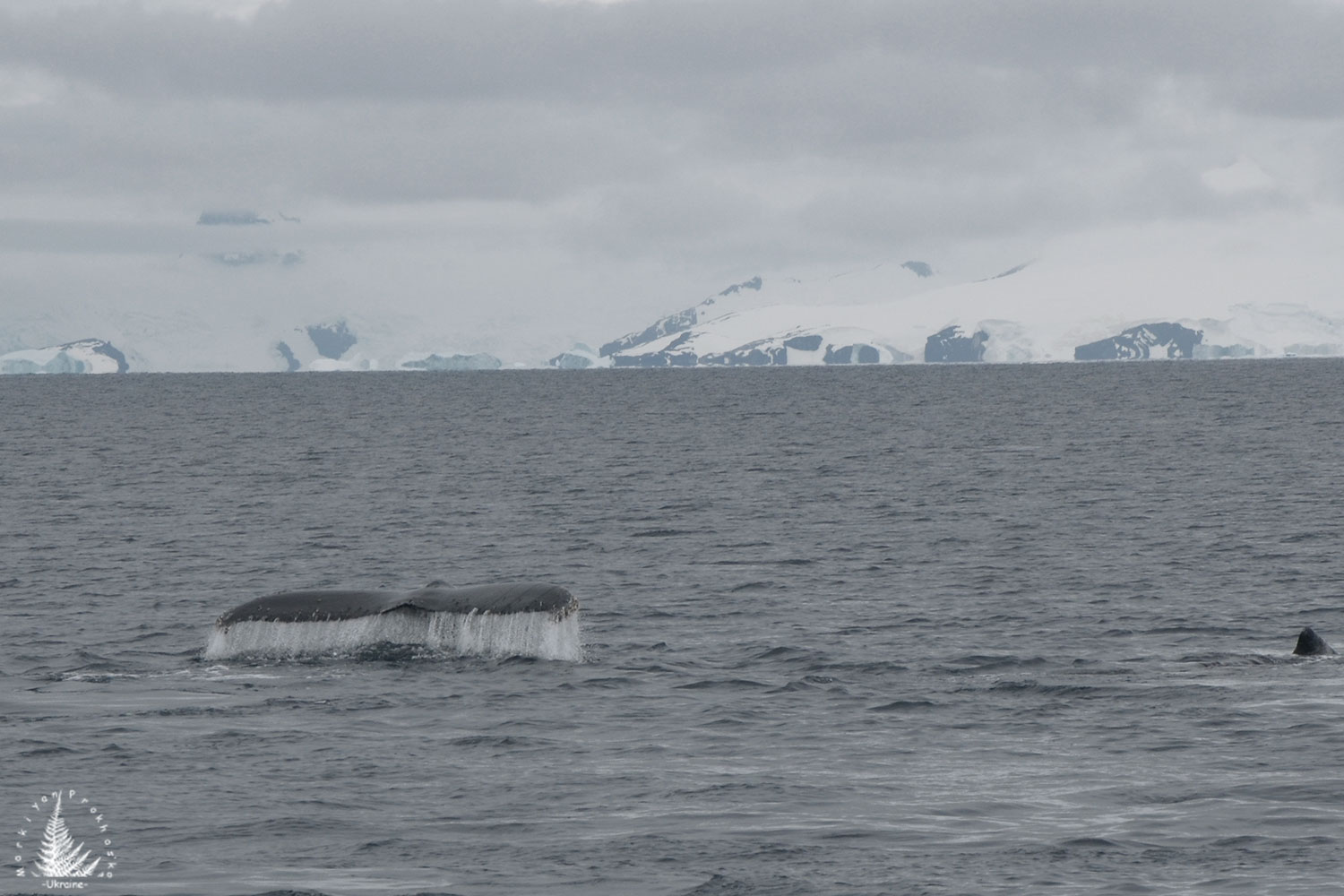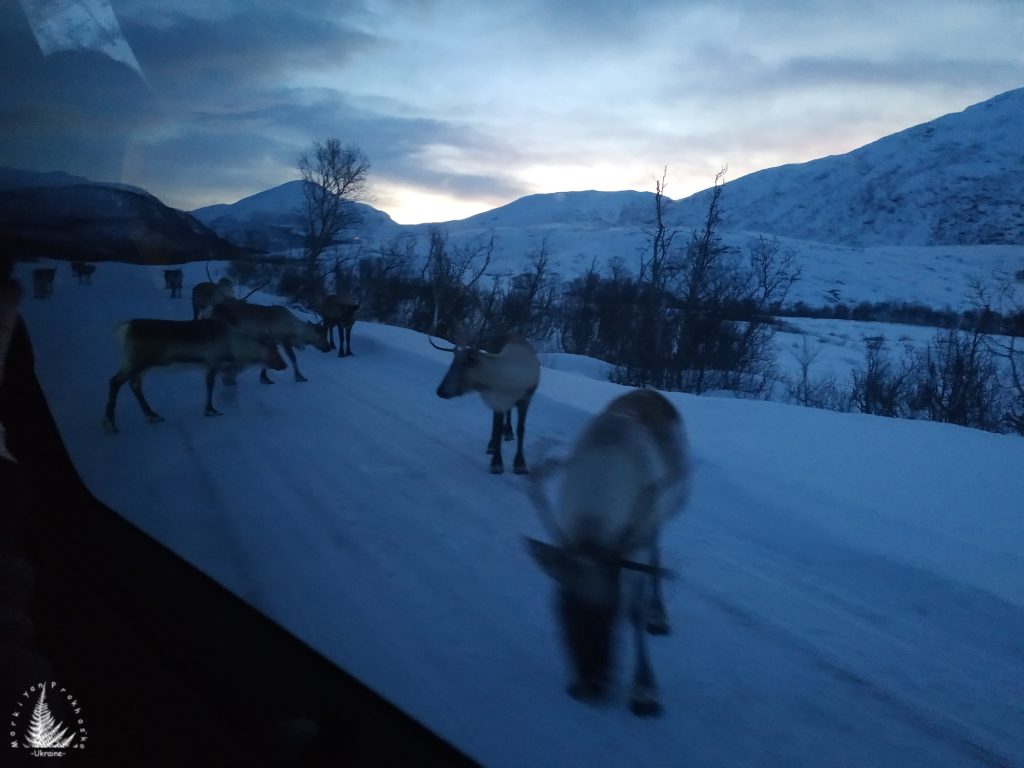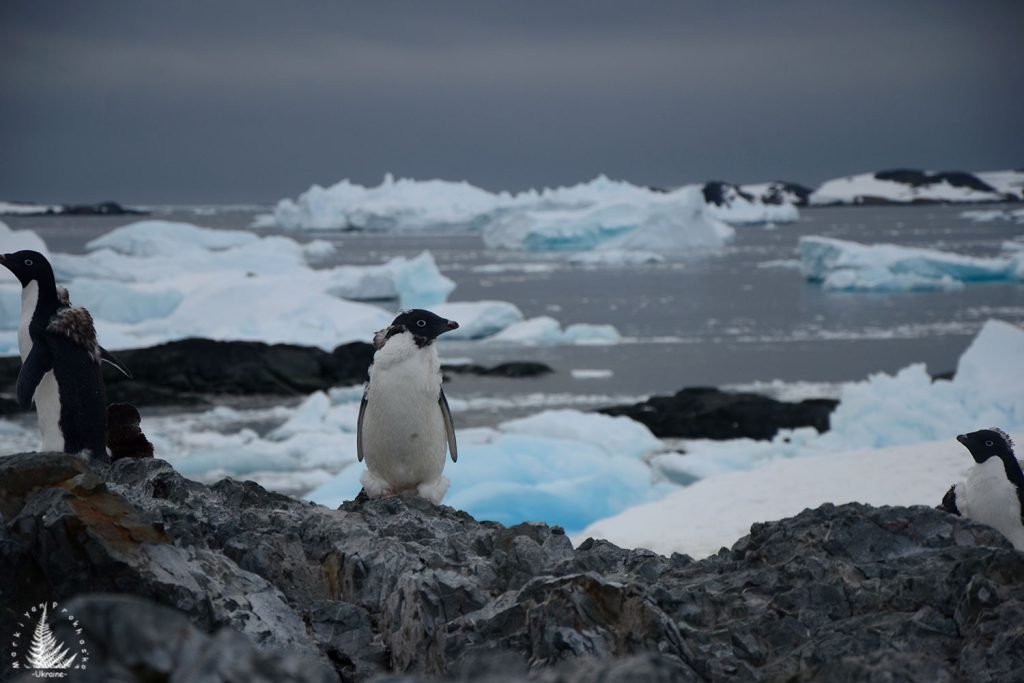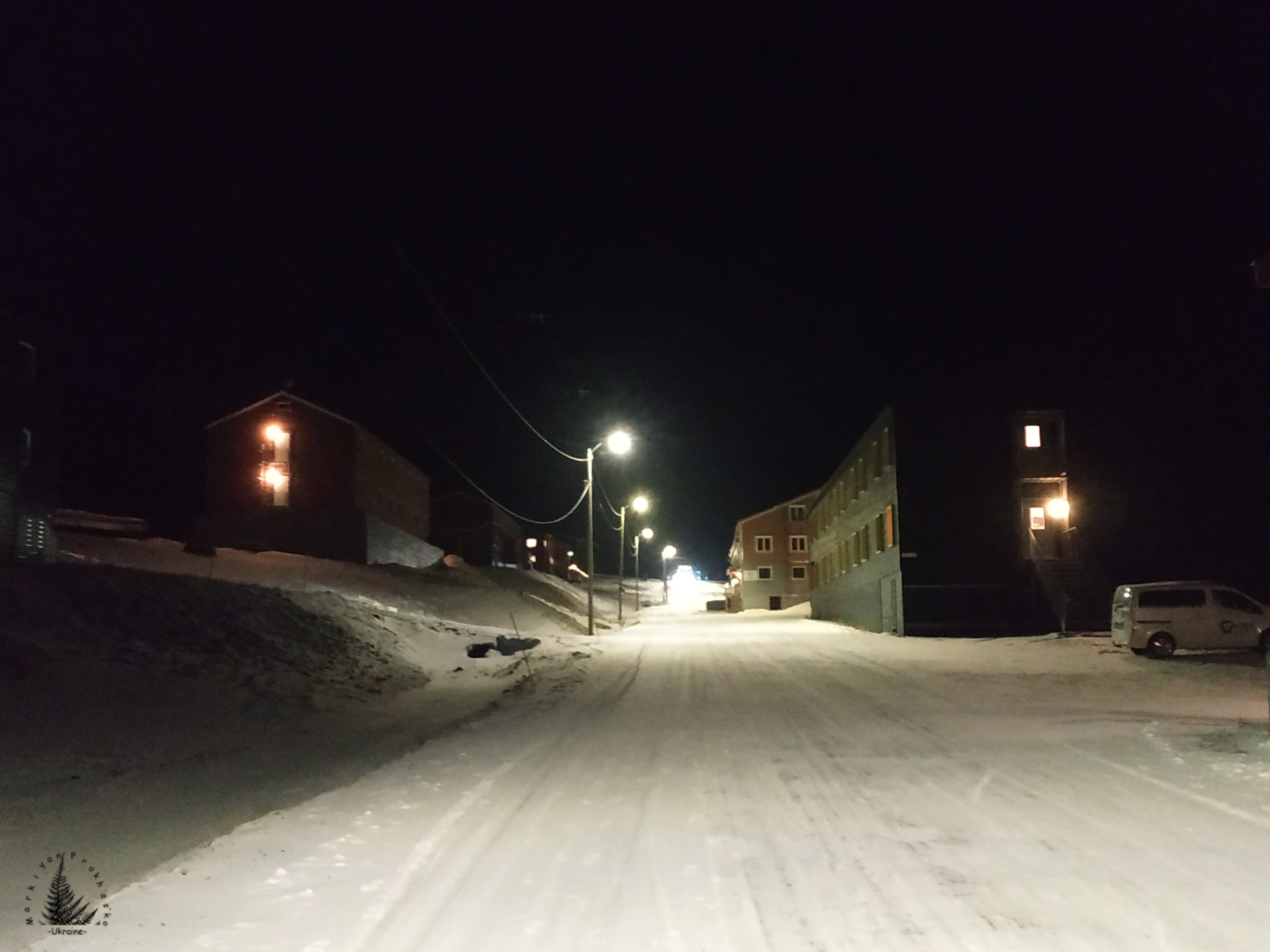The answer is quite simple, and it starts with a name: Arctic comes from the ancient Greek word ἀρκτικός, meaning “of the bear.” The ancient Greeks named the northern lands this way because the region is located in the North, “under the Bear,” referring to the Ursa Major (Great Bear) Constellation.
The ancient Greeks believed that a land opposite the Arctic must exist – Anti-Arctica – or Antarctica, ἀνταρκτικός.
So, in the North, you have the Arctic Ocean, Siberia, Lapland, Alaska, Canada, Greenland, and, of course, polar bears. On the complete opposite side of the planet is Antarctica. It’s a continent larger than Australia and certainly bigger than Europe. No permanent human civilization ever existed there until it was discovered by the British in 1820. Since then, research stations have been established to study climate, ice, the magnetic field, communication, the ozone layer, space, and penguins and other creatures, many of which thrive underwater, ranging from plankton and fish to seals and whales.

Antarctica is geographically too isolated from other continents, resulting in a unique flora and fauna. Most animals, such as birds and even penguins, only arrive at the Antarctic shores during the Antarctic summer. Only Emperor penguins stay through the winter. They huddle together to keep warm. A similar situation would hardly appeal to polar bears. Furthermore, they couldn’t simply swim away for the winter. While polar bears are excellent swimmers, aquatic animals like penguins and seals are much better adapted to life in the water than to long-distance travel on land. Large mammals like polar bears with fur, four legs, and a primarily terrestrial lifestyle aren’t built for such long sea voyages.
Arctic and Antarctic
Antarctica also has a fundamentally different environment. There are no trees, grass, or typical terrestrial surroundings. It’s mostly just rock, ice, and a little bit of moss on the coasts, and only during the brief Antarctic summer.


People often confuse the Arctic and Antarctica because they share striking similarities: both are cold and distant. Some might assume the South Pole must be warmer, yet the far South is actually colder than the far North. This resemblance causes our minds to often merge these distinct regions into one.
It’s a bit like elephants. They live in both Africa and India and are different species. Yet, perhaps some people think there is only one kind of elephant – who knows?
Opposite ends of the world
Like many others, I’m fascinated by cold regions. I was lucky enough to visit Antarctica (in 2019) and the Arctic (in 2022). Scientifically, these parts of the world are quite interconnected, especially in the study of the ozone layer, the Earth’s magnetosphere, climate, and more. This is why information about these regions is often presented together. I even did it on this very website! Someone less interested might easily confuse them. It’s not surprising, as people sometimes confuse Sweden and Switzerland, Austria and Australia, or Tuesday and Thursday.
However, the key difference is that the Arctic, the North, is a region where people live year-round in cities and settlements. Antarctica, the South, is a continent where humans are outsiders, even during the Antarctic summer. Yet, our species is the most adaptable in the world. People create warm clothes, fast ships and aircraft, and heated Antarctic stations.
Polar bears haven’t learned to do this yet. This is why there are no polar bears in Antarctica. They all live on the opposite end of the planet – in the Arctic.
You can see the locations I visited in Antarctica and the Arctic on this map. You’ll be able to confirm just how far apart they truly are.

No responses yet